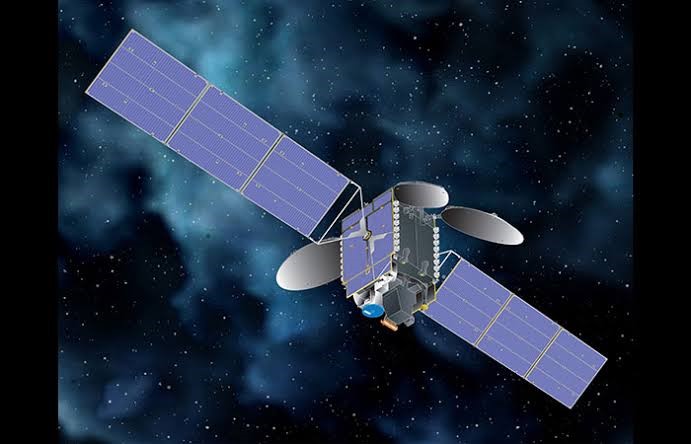
TEMPO satellite

20.12.2023
TEMPO satellite , Daily Current Affairs , RACE IAS : Best IAS Coaching in Lucknow
|
For Prelims:About the TEMPO satellite,About The Geostationary Environment Monitoring Spectrometer (GEMS) |
Why in the news?
NASA's new satellite TEMPO measures air pollution hourly has shown significant progress and now the space agency officials are already thinking about ways to extend its life.
About the TEMPO satellite:
- Tropospheric Emissions Monitoring of Pollution (TEMPO) monitors major air pollutants across North America.
- Its monitoring range extends from Canada’s oil sands to the Yucatán Peninsula and across the Atlantic to the Pacific Ocean.
- It is part of a virtual constellation with South Korea's Geostationary Environment Monitoring Spectrometer (GEMS) and the European Space Agency’s upcoming satellite, aiming for comprehensive air pollution monitoring over the Northern Hemisphere.
- It will make important scientific observations, including that of ozone, nitrogen oxide, sulphur dioxide and formaldehyde levels.
- It is capable of measuring air quality over North America hourly during the daytime with a resolution of several square miles.
- It monitors the effects of everything from rush-hour traffic to pollution from forest fires and volcanoes.
- The present pollution-monitoring satellites are in low Earth orbit (LEO), but this new monitoring instrument is hosted in geostationary orbit.
- It was designed for a 20-month operation.
- TEMPO's success paves the way for NOAA's upcoming Atmospheric Composition Instrument, an enhanced version slated for a mid-2030s launch.
About The Geostationary Environment Monitoring Spectrometer (GEMS)
- GEMS, launched by the Republic of Korea in February 2020, enables the hourly monitoring of air pollution levels for almost 20 countries in Asia.
- Specifically, countries covered by the project include Cambodia, the Lao People’s Democratic Republic, Malaysia, Myanmar, Philippines, Singapore, Thailand, Viet Nam (ASEAN); Bangladesh, Bhutan, Nepal and Sri Lanka in South Asia; and China, Japan and the Republic of Korea in North-East Asia.
- The satellite also covers parts of India, Indonesia, Kazakhstan, Kyrgyzstan, Mongolia, Papua New Guinea, the Russian Federation and Tajikistan.
- It is the first satellite to launch in an integrated three satellite constellation, in order to revolutionize the way scientists observe air quality over significant swaths of the Northern Hemisphere.
- While GEMS will monitor atmospheric gases over Asia, TEMPO will monitor North America, and Sentinel-4 will observe the air quality over Europe.
- This marks a significant leap forward in the ability of scientists to monitor air pollution from space.
- The regular measurement of O3 and its precursors NOx and volatile organic compounds, along with particulate matter, SO2 and other pollutants, will improve the accuracy of air quality forecasts, top-down emission rates and understanding on the long-range transport of air pollutants.
Source:Hindustan times